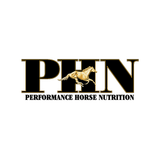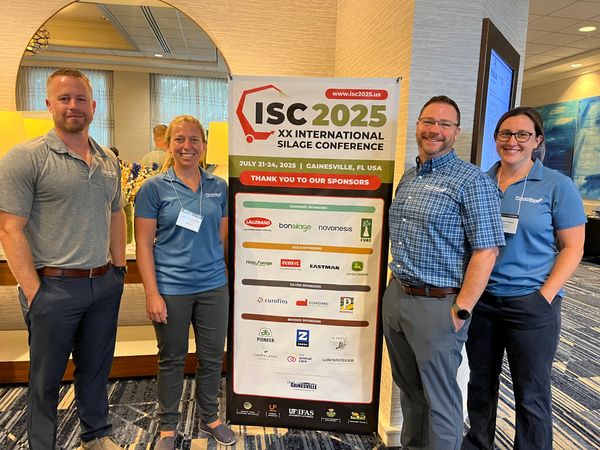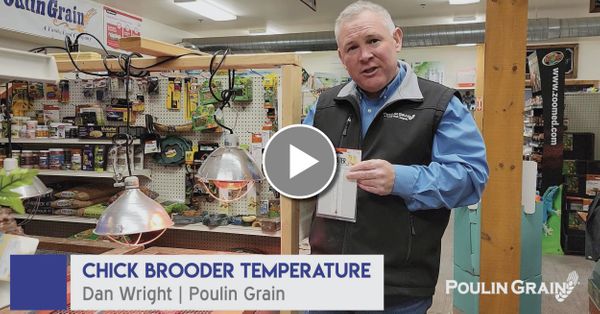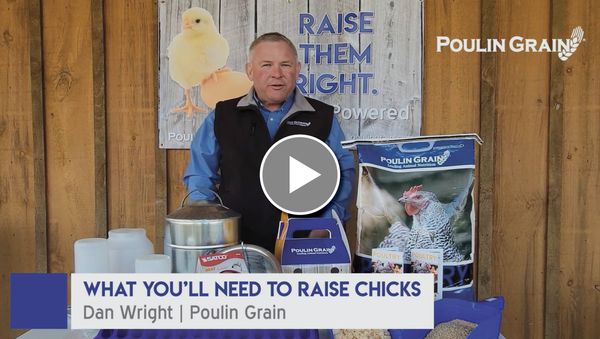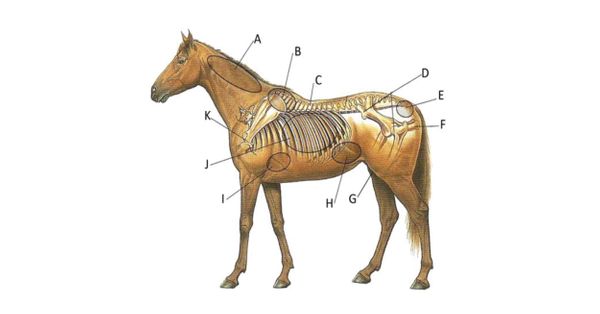Developing an Ideal Topline

The shape of a horse's back can vary greatly from horse to horse. The topline of the horse includes the muscles over the withers, back, loin (or coupling), and croup. Strength of topline and loin muscles also influences soundness and athletic ability. The topline will vary in length and in curvature, with some relationship between the two. Horses with toplines that are sunken in over their withers, concave along the back and loin or dished in around their hip bones and hindquarters will have diminished strength in those areas.
Several factors can contribute to a poor topline including:
- Age (muscle wasting)
- Pregnancy or lactation (dietary protein shuttled away from the dam's muscle for fetal growth)
- Lack of or incorrect exercise
- Poor saddle fit (inhibiting correct exercise)
- Diet
Muscle development
Muscle is made up of predominantly water at approximately 70%. Protein makes up 20% and the remaining 10% of muscle tissue is made up of fats, energy and other minerals etc. We have all been told that amino acids are the “building blocks” of protein, and that exercise helps build muscle, so how does it work? Exercise upregulates signals or triggers that provide a message to create protein from amino acids. Those proteins are then used to build muscle. All horses do at least minimal exercise (walking around a stall or paddock) which will trigger amino acids to build protein and proteins to build muscle. But this will only build a bare minimum and will not gain your horse the show quality topline you desire.
It has been a common practice for many years to feed additional calories from fat supplements or grains to try and improve a horse’s topline condition. This is not very successful as these calories are either used for energy and exercise or they are stored as fat. Typical fat storage areas on a horse are behind the shoulders, over the ribs and neck and around the tail head, but not necessarily over the topline. A horse would have to be fed quite a lot of additional calories for fat to be laid down over the back. If we think of humans for example you wouldn’t eat multiple doughnuts with the end goal of developing muscles over your back and shoulders. One of the biggest misconceptions regarding a horse’s topline is that the topline is made up of fat; it is actually made mostly of muscle. Since the muscles along the withers, back, loin and croup make up the horse’s topline, losses in this area are actually atrophy of these muscles.
What can we feed that will help build the perfect topline?
When a horse has a poor topline it is due to diminished muscle mass which can partially be due to insufficient amino acids in the diet. As mentioned above proteins are made up of building blocks called amino acids, some of these amino acids include: lysine, methionine, tryptophan and threonine. These and other essential amino acids are linked together in the body to form muscle. Just feeding a higher crude protein feed or hay, may increase the amino acid content of the diet, but it’s the quality of that crude protein or the amount of essential amino acids that determines the effectiveness of that protein. Reputable feed manufacturers use quality protein sources such as soybean meal and alfalfa.
Is exercise necessary?
Absolutely – without it your horse will only have a minimal muscle coverage over the topline. If we could all just eat quality protein (amino acids) and build muscle, everyone would have a mass of muscle. But alas, this is not realistic. Research in humans has shown that feeding protein immediately post exercise is the most beneficial time to feed in order to best take advantage of those trigger signals telling the body to build protein and muscle mass. In horses we can extrapolate this to within the 1st hour after exercise, to allow time for the horse to cool, as being the most beneficial for building protein and hence muscle/topline.
If there are only 10 essential amino acids why are they all not listed on a feed tag?
The only determined amino acid requirement to date is Lysine. A 1000lb horse at maintenance requires 24g of Lysine per day. Lysine is known to be the first limiting amino acid – meaning deficiencies in Lysine will limit the use of other amino acids and therefore limit protein synthesis. Threonine is thought to be the 2nd limiting amino acid but to date there is no set requirement for Threonine. Methionine is potentially 3rd but also has no known requirement.
All of the essential amino acids are found in protein meals fed to horses such as soybean, canola and alfalfa meal – Arginine, Histidine, Isoleucine, Leucine, Lysine, Methionine, Phenylalanine, Threonine, Tryptophan, and Valine.
It is misleading to consumers to list all AA’s on a feed tag as there is no set requirement for any other than Lysine. If lysine is deficient in the diet it will limit the use of ALL other amino acids further rendering the amount of these amino acids in the feed to be useless values.
How do I develop an ideal topline?
The answer is a COMBINATION of quality nutrition, exercise and management. Feeding a commercially prepared concentrate containing high-quality protein sources such as legumes, including soybean and alfalfa meal, along with additional lysine coupled with exercise and the correct timing of meals post exercise will develop the perfect topline. None of these elements ALONE will develop the ideal topline in your horse.
Contact your Poulin Grain Feed Specialist to test your hay quality and build a personalized diet for your horse.
www.PoulinGrain.com | 800.334.6731

